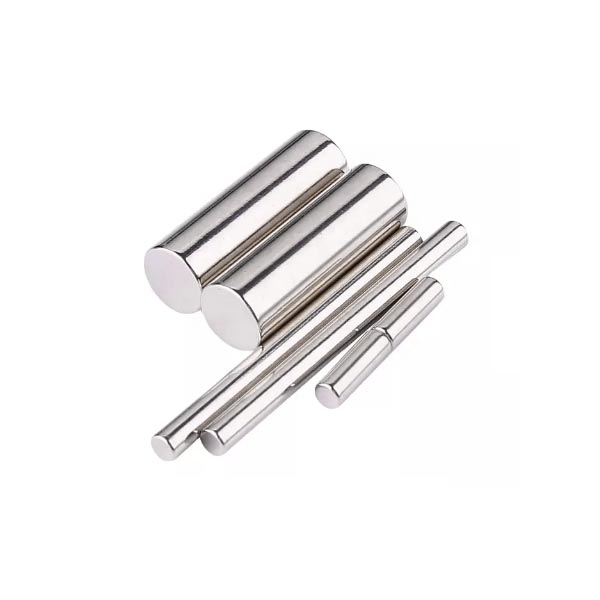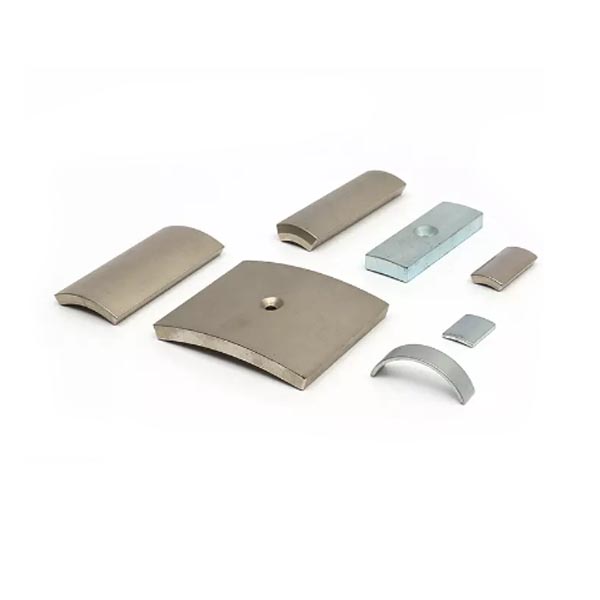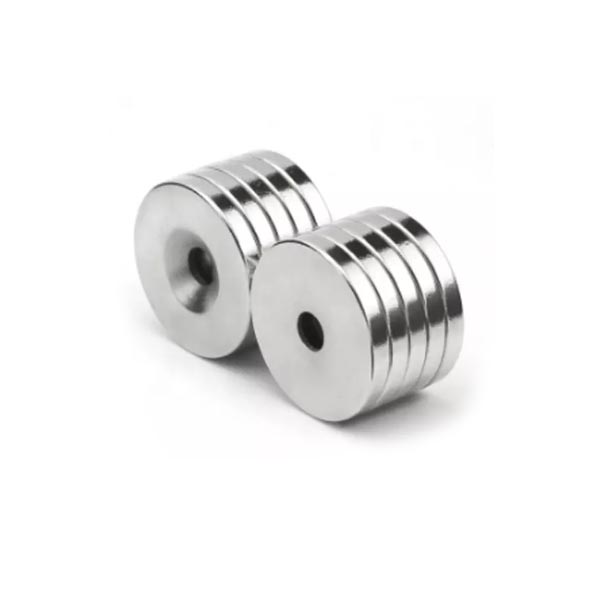Magnetism, a fundamental force of nature, manifests in various materials, each with its unique properties and magent applications. Understanding the different types of magnetic materials is crucial for diverse fields, including physics, engineering, and technology. Let's delve into the fascinating world of magnetic materials and explore their characteristics, classifications, and practical uses.
1. Ferromagnetic Materials:
Ferromagnetic materials exhibit strong and permanent magnetization, even in the absence of an external magnetic field. Iron, nickel, and cobalt are classic examples of ferromagnetic materials. These materials possess spontaneous magnetic moments that align in the same direction, creating a strong overall magnetic field. Ferromagnetic materials are widely used in applications such as magnetic storage devices, electric motors, and transformers due to their robust magnetic properties.
2. Paramagnetic Materials:
Paramagnetic materials are weakly attracted to magnetic fields and exhibit temporary magnetization when exposed to such fields. Unlike ferromagnetic materials, paramagnetic materials do not retain magnetization once the external field is removed. Substances like aluminum, platinum, and oxygen are paramagnetic due to the presence of unpaired electrons, which align with the external magnetic field but revert to random orientations once the field is removed. Paramagnetic materials find applications in magnetic resonance imaging (MRI) machines, where their weak response to magnetic fields is advantageous.
3. Diamagnetic Materials:
Diamagnetic materials, in contrast to ferromagnetic and paramagnetic materials, are repelled by magnetic fields. When exposed to a magnetic field, diamagnetic materials develop a weak opposing magnetic field, causing them to be pushed away from the source of the field. Common examples of diamagnetic materials include copper, bismuth, and water. While the diamagnetic effect is relatively weak compared to ferromagnetism and paramagnetism, it has essential implications in fields such as materials science and levitation technology.
4. Ferrimagnetic Materials:
Ferrimagnetic materials exhibit magnetic behavior similar to ferromagnetic materials but with distinct magnetic properties. In ferrimagnetic materials, two sublattices of magnetic moments align in opposite directions, resulting in a net magnetic moment. This configuration gives rise to permanent magnetization, although typically weaker than that of ferromagnetic materials. Ferrites, a class of ceramic materials containing iron oxide compounds, are notable examples of ferrimagnetic materials. They are widely used in electronics, telecommunications, and microwave devices due to their magnetic and electrical properties.
5. Antiferromagnetic Materials:
Antiferromagnetic materials exhibit magnetic ordering in which adjacent magnetic moments align antiparallel to each other, resulting in a cancellation of the overall magnetic moment. As a result, antiferromagnetic materials typically do not exhibit macroscopic magnetization. Manganese oxide and chromium are examples of antiferromagnetic materials. While they may not find direct applications in magnetic technologies, antiferromagnetic materials play a crucial role in fundamental research and the development of spintronics, a branch of electronics that exploits the spin of electrons.
In conclusion, magnetic materials encompass a diverse array of substances with unique magnetic properties and behaviors. From the strong and permanent magnetization of ferromagnetic materials to the weak and temporary magnetization of paramagnetic materials, each type offers valuable insights and applications across various fields. By understanding the characteristics of different magnetic materials, scientists and engineers can harness their properties to innovate and advance technologies ranging from data storage to medical diagnostics.
Your Custom Neodymium Magnets Project
We can offer the OEM/ODM services of our products. The product can be customized according to your personalized requirements, including the size, Shape, performance, and coating. please offer your design documents or tell us your ideas and our R&D team will do the rest.
Post time: Mar-06-2024







